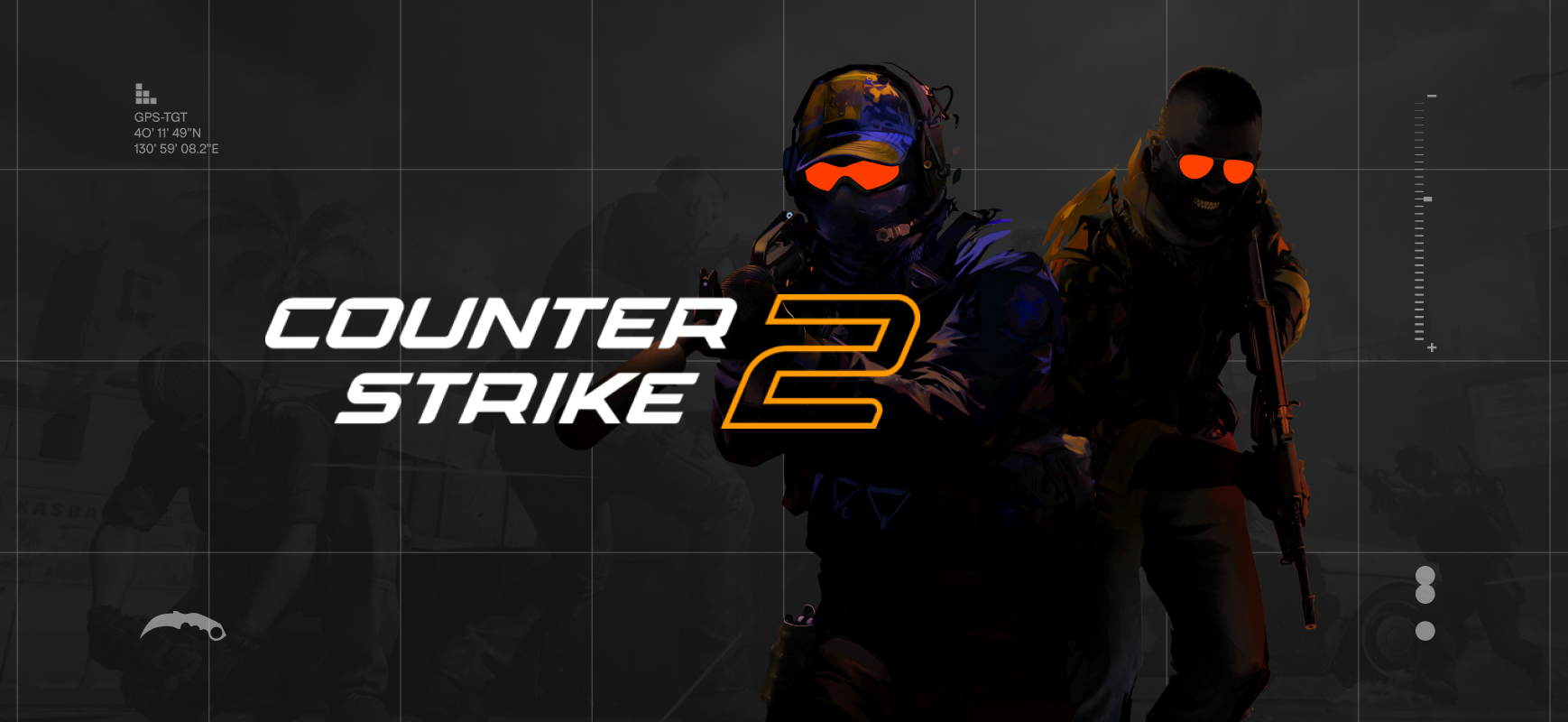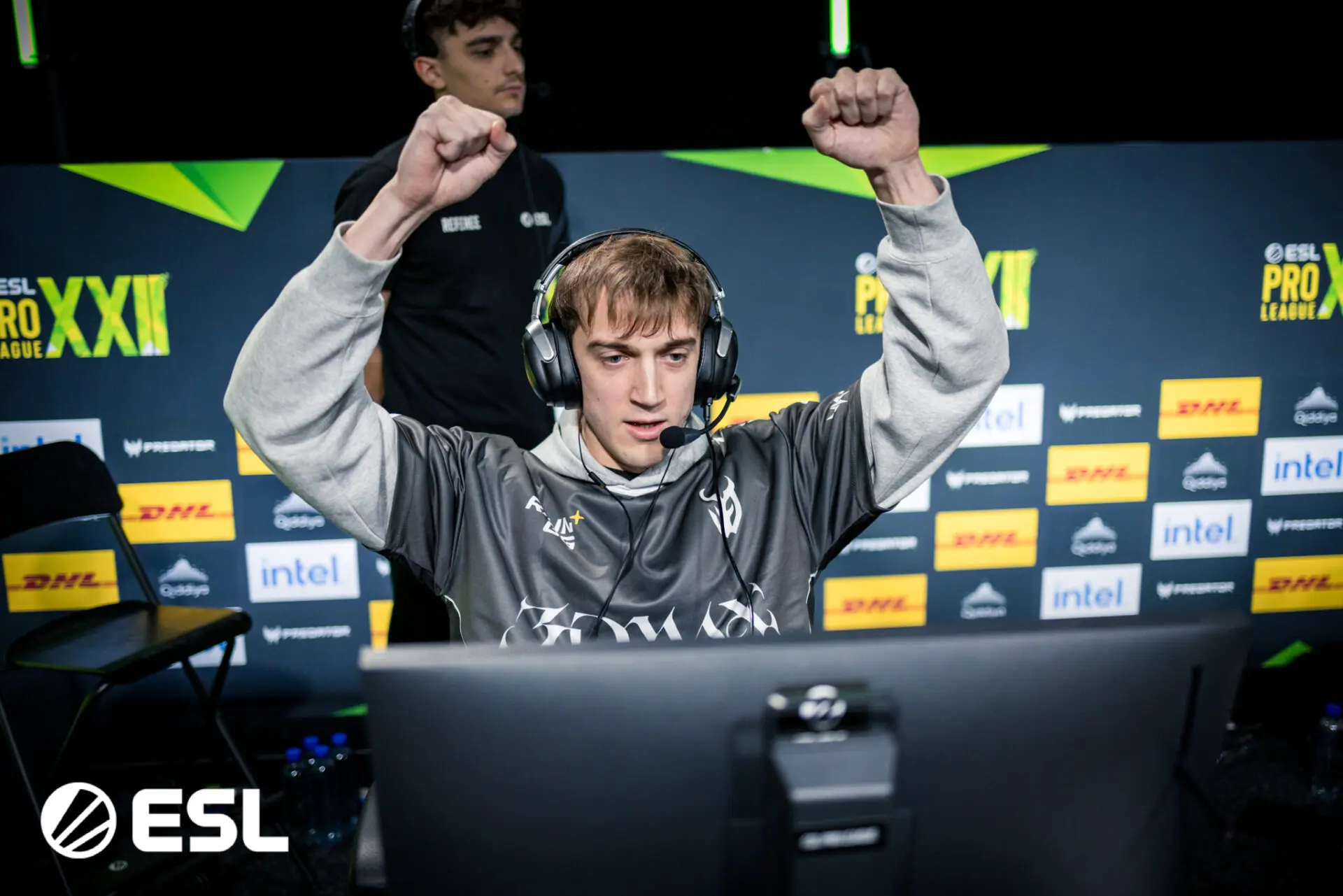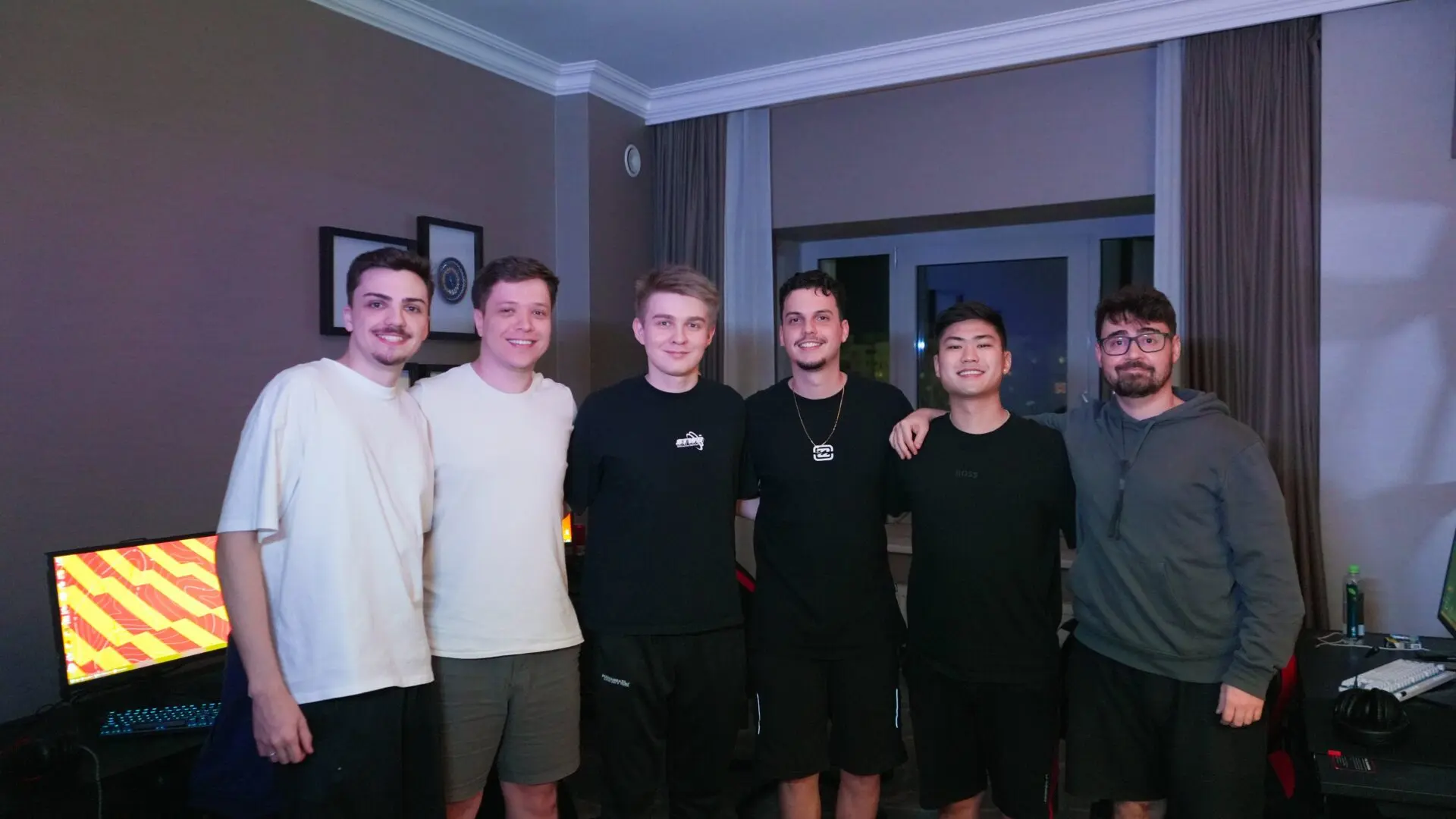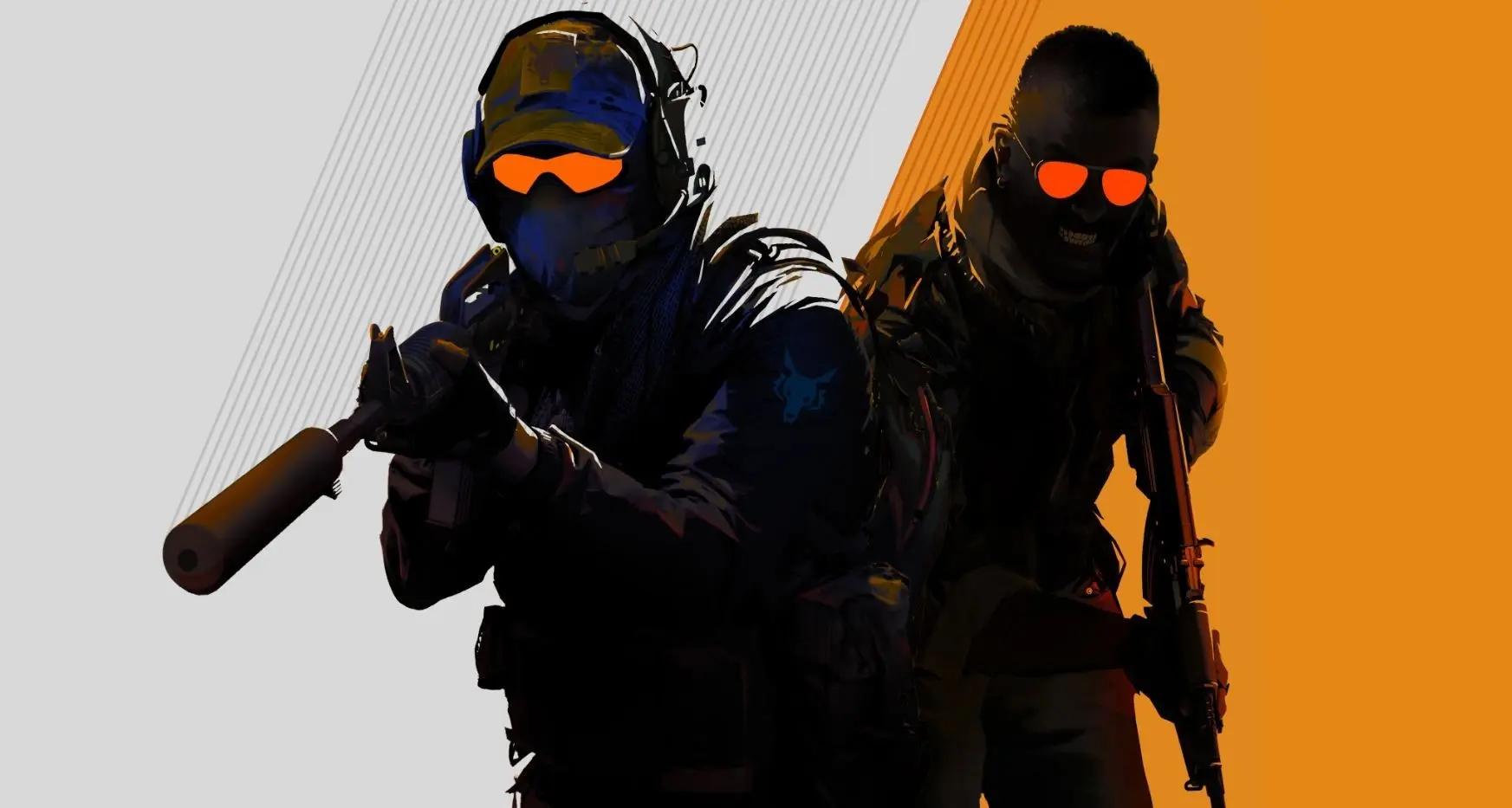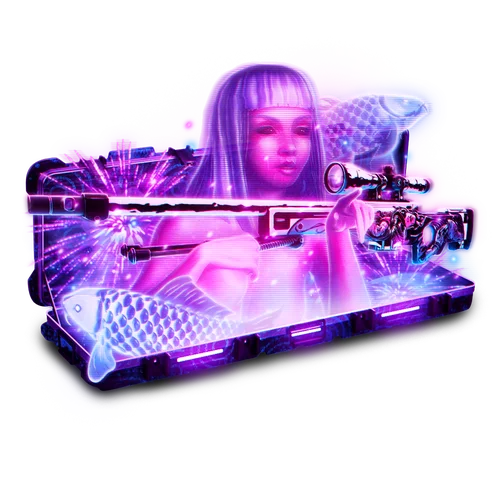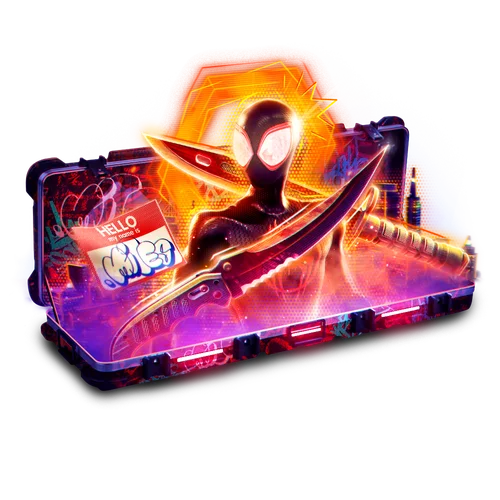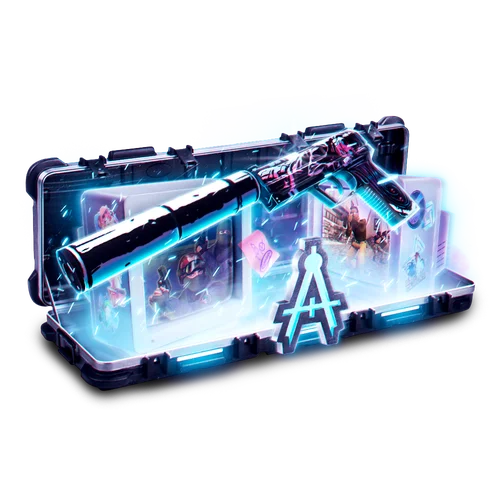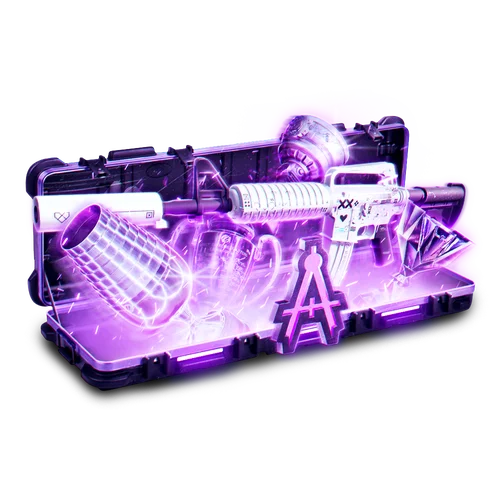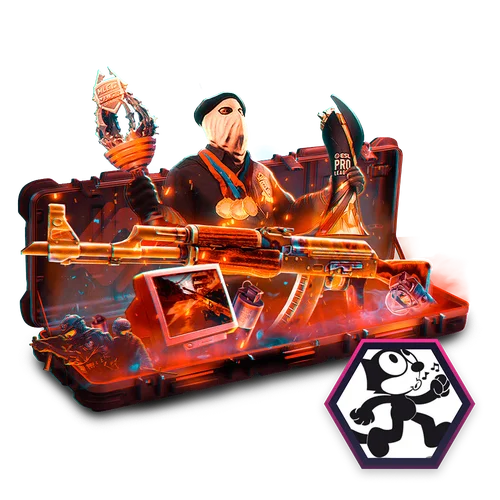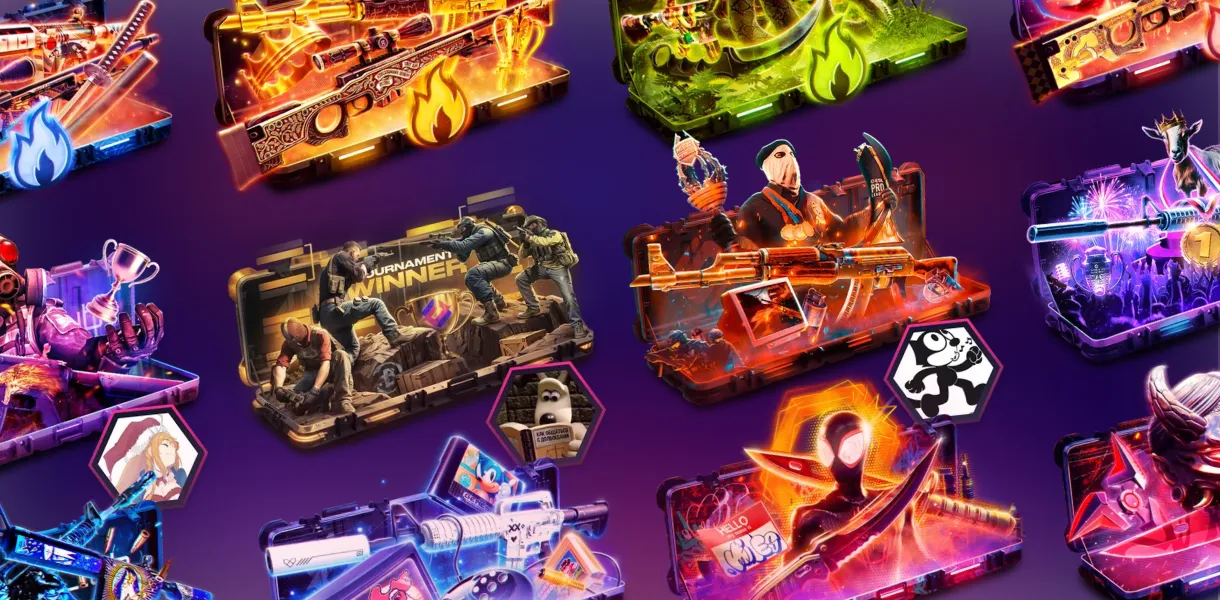After the loudest market crash in Counter-Strike 2 history, players not only did not reduce their activity — they set a new record. The number of opened cases in October exceeded 31 million, and half of this volume was achieved within just three days after the update that changed the knife acquisition mechanics.
What happened
The CS2 update that allowed players to exchange red skins for knives became a turning point for Steam’s internal economy. The price of most “red” items rose sharply, while knives and rare skins lost part of their value. For traders, this meant a rapid devaluation of inventories — the market dropped by more than 30%, and according to PriceEmpire, CS2’s capitalization now stands at $3,732,467,863 (–6.06% over the last 24 hours).
Despite this, players did not stop. Instead of panic — a surge of activity. In the last 72 hours after the update, more than 15 million cases were opened, which is almost half of the usual monthly volume.
read more
Market data
Analytics from CS2 Case Tracker shows that in just one week, from October 18 to 25, players opened 22.19 million cases. The Revolution Case remains the leader — 4 million openings at an average price of $0.54, followed by Recoil Case (3.4 million), Fever Case (2.9 million), and Fracture Case (1.46 million).
The total number of cases opened in October reached 31 million. This is the highest figure since the release of CS2, despite the record market drop and traders’ losses.

The player paradox
Commenting on the situation, users point out the paradoxical logic of player behavior. According to analytics, RTP (return of invested funds in the form of the value of dropped items) has fallen several times — now even the most expensive knives bring on average hundreds of dollars instead of thousands. However, this did not stop players, who continue to open cases with the same or even greater enthusiasm.
According to the community, some players are betting not on knives but on red-tier devices, whose prices have risen sharply after the update. Others are simply taking advantage of the moment to “recover” losses caused by the market decline.
Valve and economic strategy
Within the community, it is increasingly believed that Valve has no motivation to intervene in the situation. The company’s profits are formed not from the market value of skins but from the sale of keys and transaction fees. Mass case openings — even during a crash — bring a stable income.
As analysts note, Valve has built an anti-cyclical economy: when traders lose money, players spend even more, and the company profits even during a crisis.
Valve
The Counter-Strike 2 market has once again proven its uniqueness: instead of collapse — a surge in activity, instead of panic — a new economic cycle. Even after capitalization fell below $3.8 billion, players did not leave the market but only pushed the statistics to historical highs.
CS2 has turned into an economic model where a crisis does not stop demand but stimulates it. And it seems Valve is completely fine with that.






























